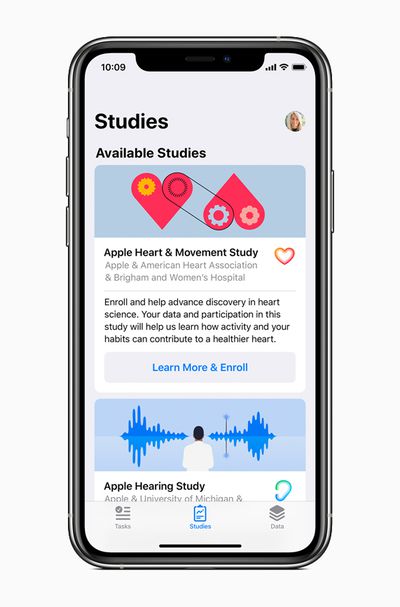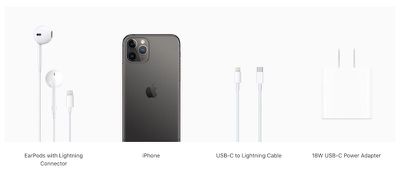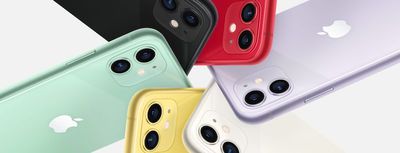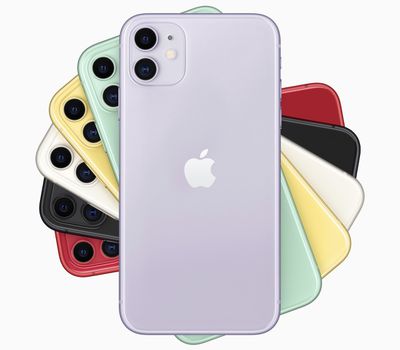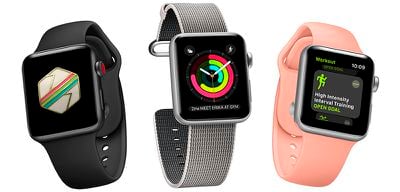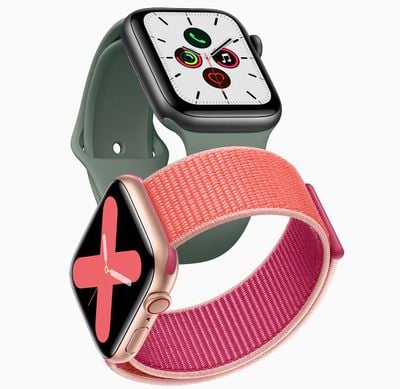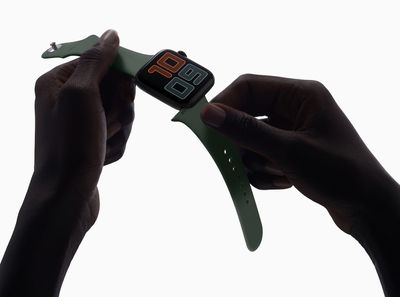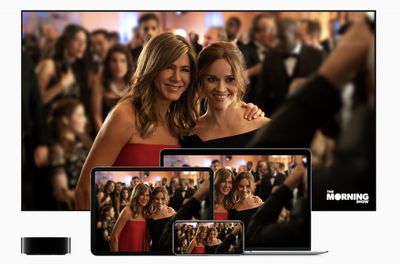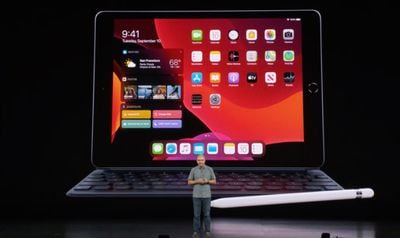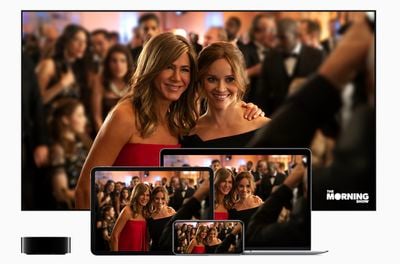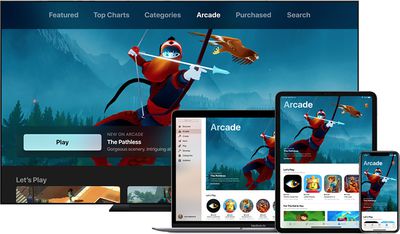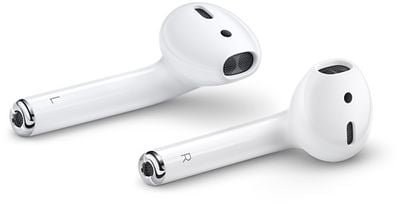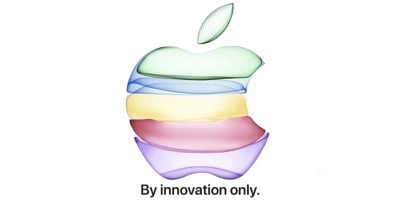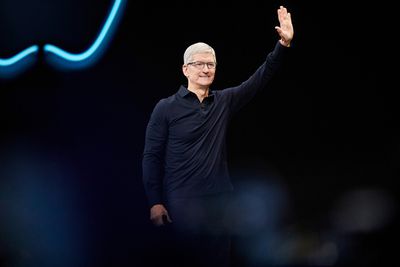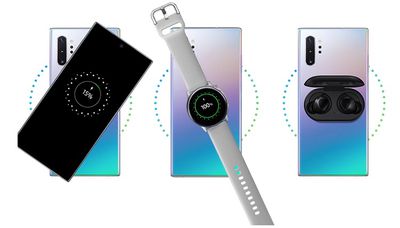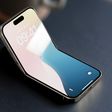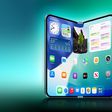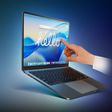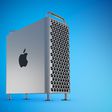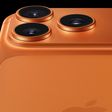Apple's online store is back up and Apple has begun accepting pre-orders for the new 10.2-inch 7th-generation iPad and the Apple Watch Series 5.
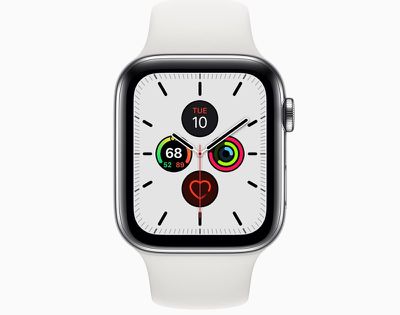
The new 10.2-inch iPad is similar to the 9.7-inch iPad, but with a bigger display and a faster A10 Fusion chip. It comes in silver, space gray, and gold, with pricing that starts at $329.
Apple Watch Series 5 models feature an always-on display, a new Compass app and compass features for navigation improvements, and international emergency calling.
Apple Watch Series 5 models are available in aluminum, stainless steel, titanium, and ceramic, with pricing starting at $399 for the aluminum GPS models and $499 for the aluminum LTE models. Stainless steel models are priced starting at $699, titanium models are priced starting at $799, and ceramic models are priced starting at $1299. You can choose to pair an Apple Watch body with whichever band you like thanks to Apple's new "Apple Watch Studio."
Pre-orders are starting today, with the new devices set to ship out to customers on their official launch date, Friday, September 20.
Apple is continuing to sell the Apple Watch Series 3 priced starting at $199. The Apple Watch Series 4 has been discontinued.
iPhone models won't be available for pre-order today, with Apple accepting preorders for the iPhone 11, iPhone 11 Pro, and iPhone 11 Pro Max on September 13 at 5:00 a.m. Pacific Time or 8:00 a.m. Eastern Time.


